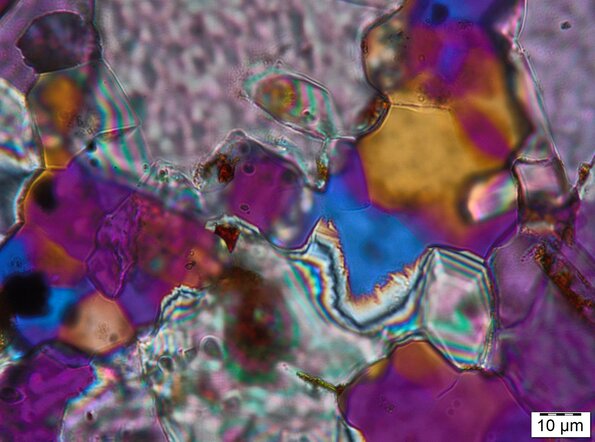
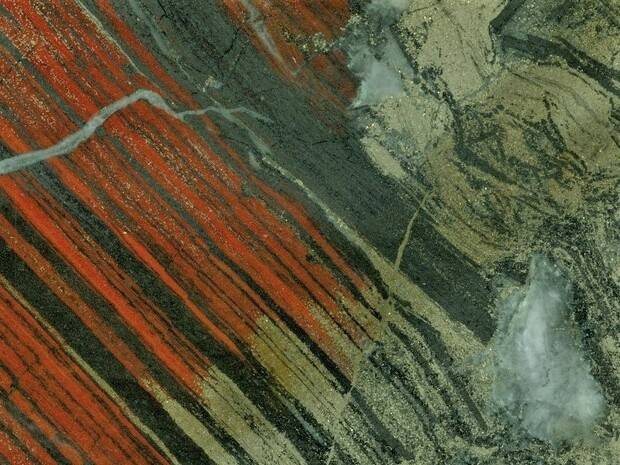
The Minerals Geoscience section studies mineral systems (geologic factors that control the generation and preservation of mineral deposits) on both an observational and theoretical basis. It aims to provide timely and relevant data, information and knowledge to the mineral exploration industry, investors, researchers and government.
Current work focuses on the critical minerals and battery metals needed to make the transition to a clean energy economy. Commodities such as manganese, vanadium, lithium, nickel, cobalt and rare earth elements need to be produced in much larger quantities to sustain the global energy transition. Although Western Australia is already a significant producer of lithium, nickel, cobalt and many other critical minerals, there is a need, and the potential, for, more discoveries in the State.
Mineral Systems Atlas
To help explorers with regional-scale targeting, the Mineral Systems Atlas (MSA) provides exploration-relevant spatial data in a logical conceptual framework. The MSA is a work in progress, with additional mineral systems and information within each system to be added when available. Each mineral system is explained in more detail through an online Guide and a standalone Record publication, with an emphasis on the critical processes and associated mappable proxies needed to form potentially economic mineralisation. Experts in each system are consulted and, increasingly, broader industry stakeholder input is also obtained.
These resources provide a useful synopsis of current knowledge for explorers, students and researchers alike. Links to download the digital datasets and associated documentation are provided. Find useful spatial information to accompany the MSA in GeoVIEW.WA. Download digital data and much more from both platforms via the DMIRS Data and Software Centre.
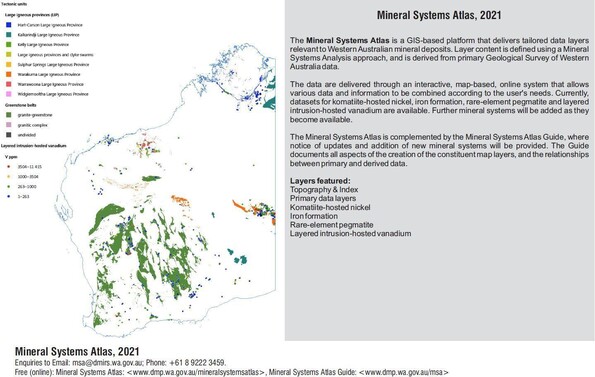
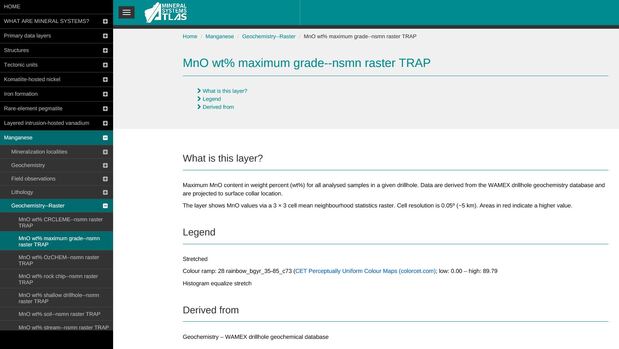
Collaborative research
The team collaborates with other sections within the division and other government and academic institutions to leverage output through joint research initiatives. These include deposit- to district-scale mineralisation studies (involving mapping, drillcore logging, hyperspectral analysis, whole-rock geochemistry, geochronology, isotopes, fluid inclusions, microprobe / TIMA-based mineral chemistry studies and other techniques). From these studies, we can better understand and constrain the temporal evolution of mineralising events, the distal footprints of mineral systems, and gain an insight into other mappable controls on mineralisation.
Information collected from all sources, including other State and Commonwealth agencies, industry stakeholders and from participation in external events, helps us to keep abreast of industry trends and to shape our research and promotional activities.
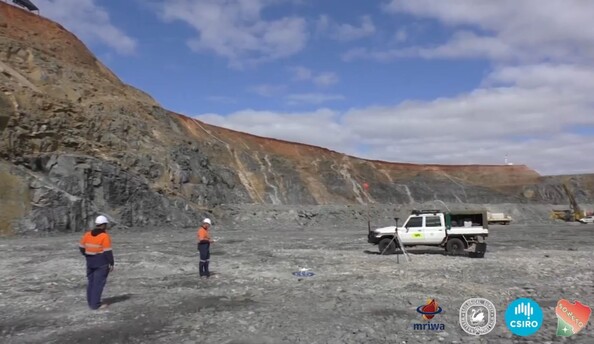
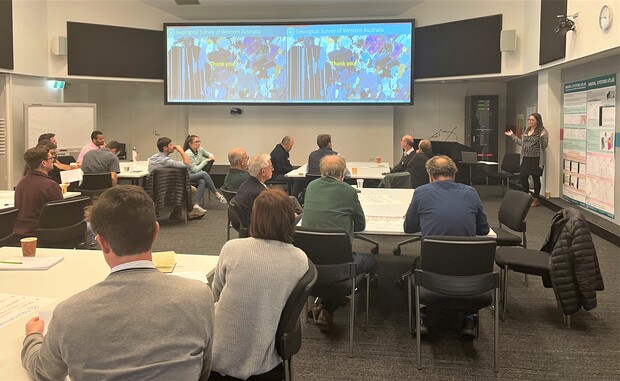
Products
The Geological Survey of Western Australia (GSWA) LinkedIn page is the best place to discover new products and to be informed of current activities. Further information is provided in GSWA’s quarterly Fieldnotes newsletter. Sign up to the GSWA eNewsletter to get copies sent straight to your inbox.
Publications are available as free downloads from the eBookshop, under the heading ‘Book series – Records or Reports’ with promotional material under ‘Posters and flyers’. The team also publishes USB data packages that can be purchased via the eBookshop. Links to important publications released over the last decade are provided below.
Reports
-
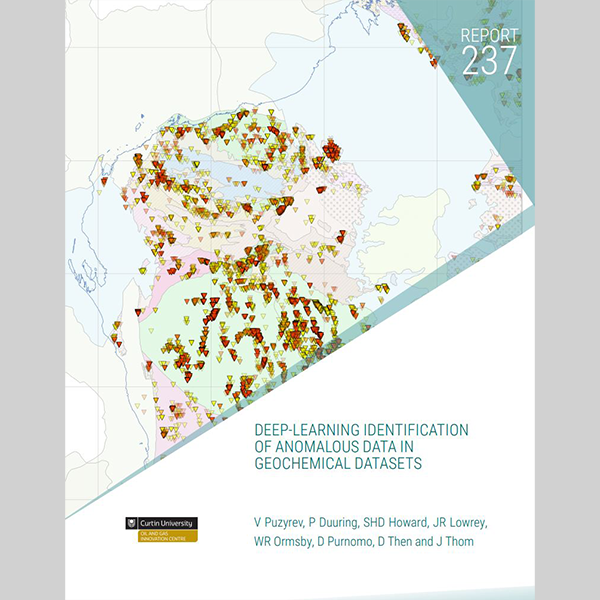 Report 237
Deep-learning identification of anomalous data in geochemical datasets
Report 237
Deep-learning identification of anomalous data in geochemical datasets
-
 Report 233
Critical metals in laterite related to pegmatite mineral systems of the western Yilgarn
Report 233
Critical metals in laterite related to pegmatite mineral systems of the western Yilgarn
-
 Report 223
Alteration and Cu–Au mineralization at the Obelisk prospect, Paterson Orogen
Report 223
Alteration and Cu–Au mineralization at the Obelisk prospect, Paterson Orogen
-
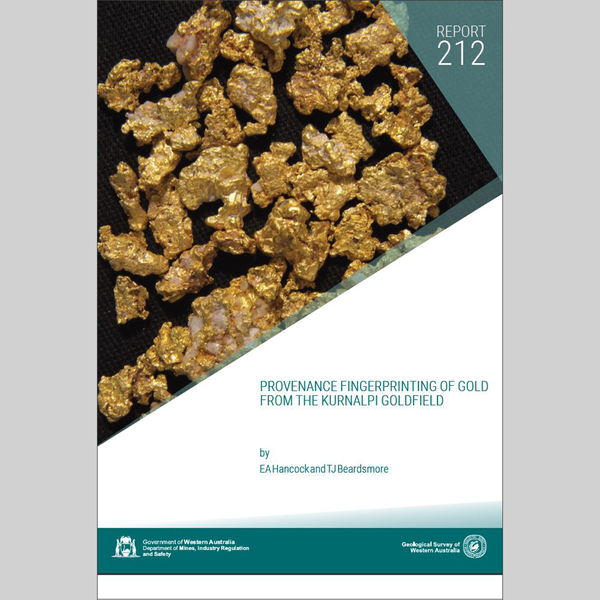 Report 212
Provenance fingerprinting of gold from the Kurnalpi Goldfield
Report 212
Provenance fingerprinting of gold from the Kurnalpi Goldfield
-
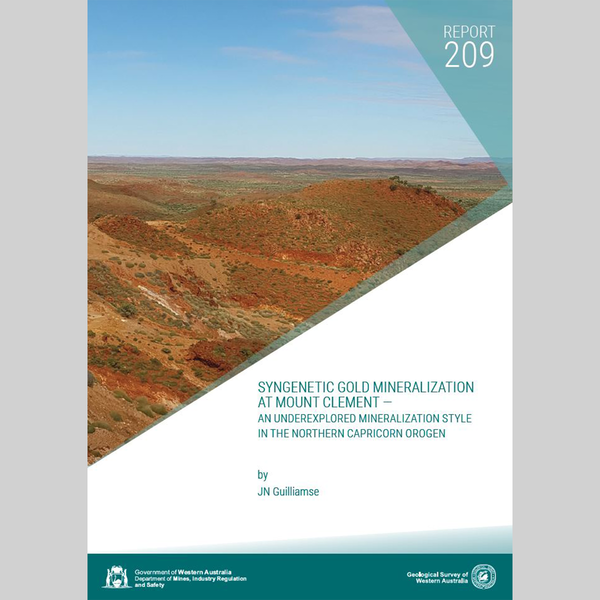 Report 209
Syngenetic gold mineralization at Mount Clement
Report 209
Syngenetic gold mineralization at Mount Clement
-
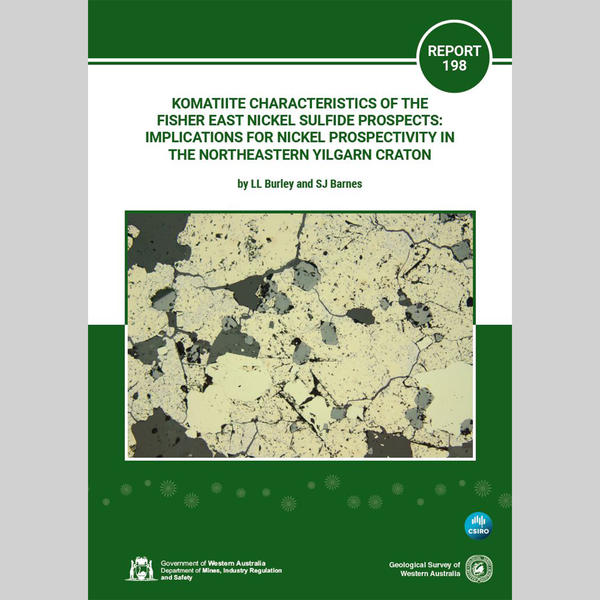 Report 198
Komatiite characteristics of the Fisher East nickel sulfide prospects
Report 198
Komatiite characteristics of the Fisher East nickel sulfide prospects
-
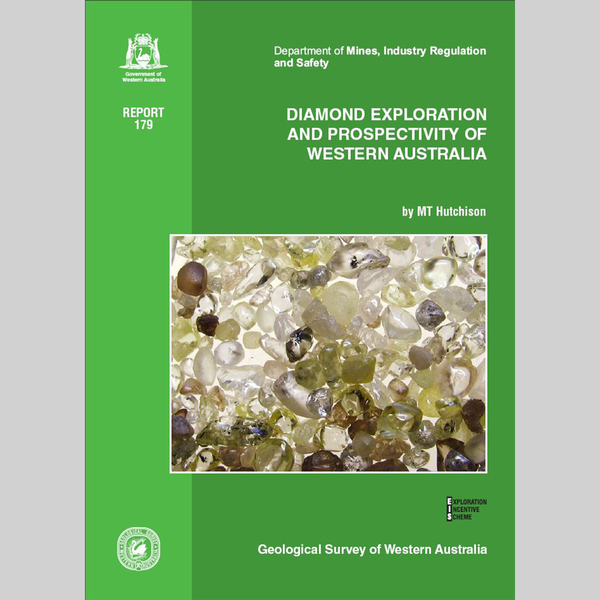 Report 179
Diamond exploration and prospectivity of Western Australia
Report 179
Diamond exploration and prospectivity of Western Australia
-
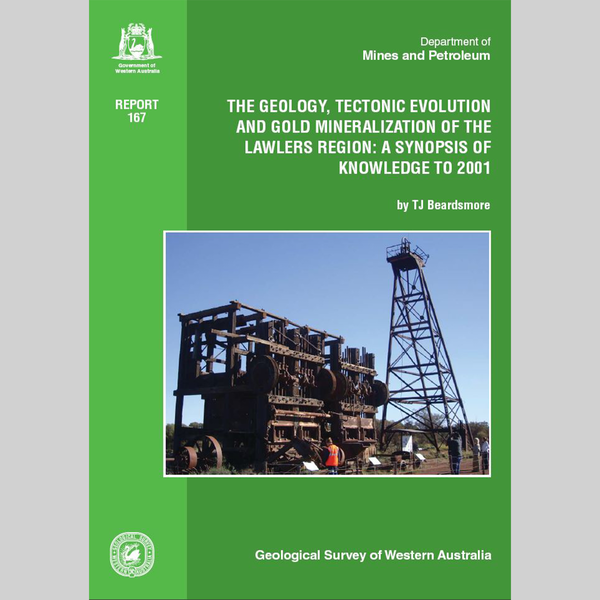 Report 167
The geology, tectonic evolution and gold mineralization of the Lawlers region
Report 167
The geology, tectonic evolution and gold mineralization of the Lawlers region
-
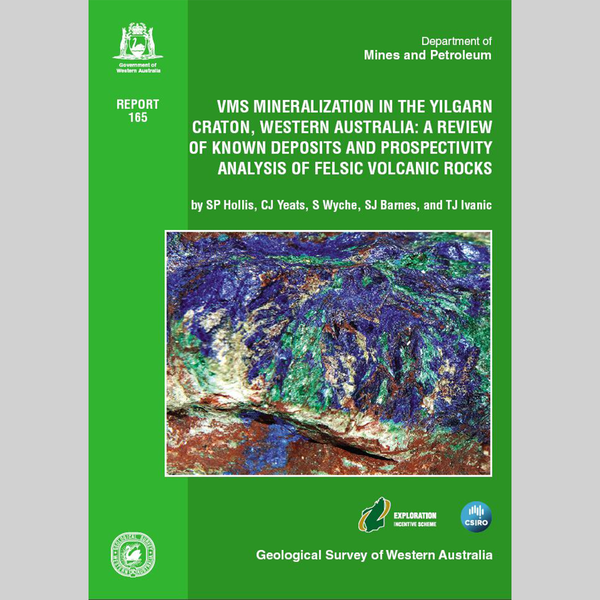 Report 165
VMS mineralization in the Yilgarn Craton, Western Australia
Report 165
VMS mineralization in the Yilgarn Craton, Western Australia
-
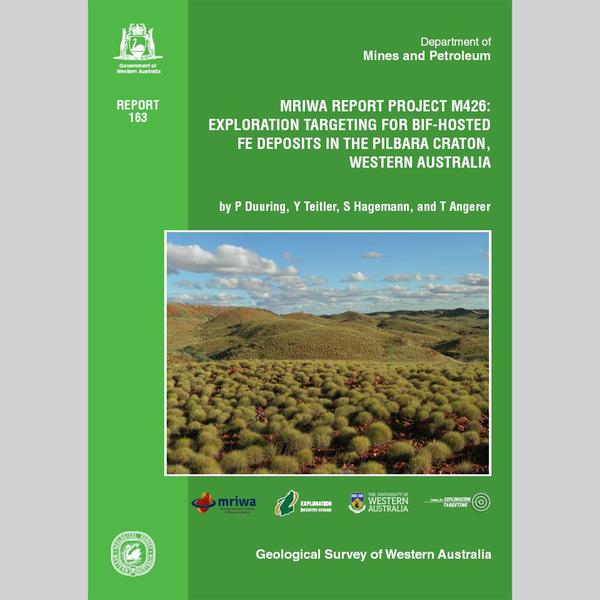 Report 163
Exploration targeting for BIF-hosted iron deposits in the Pilbara Craton
Report 163
Exploration targeting for BIF-hosted iron deposits in the Pilbara Craton
-
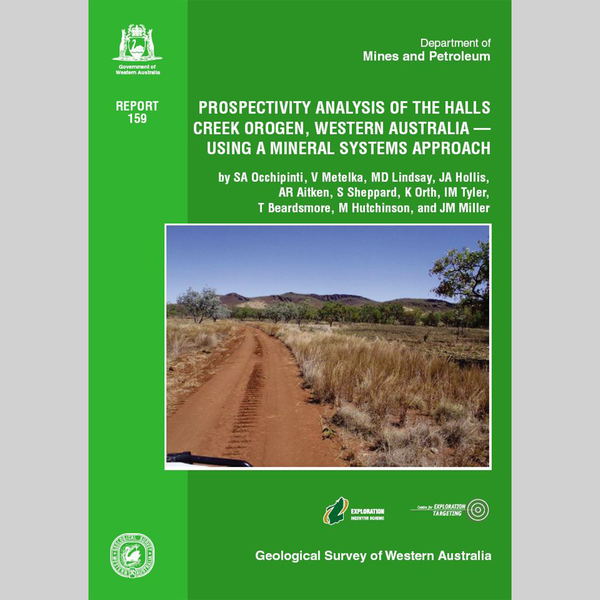 Report 159
Prospectivity analysis of the Halls Creek Orogen, Western Australia
Report 159
Prospectivity analysis of the Halls Creek Orogen, Western Australia
-
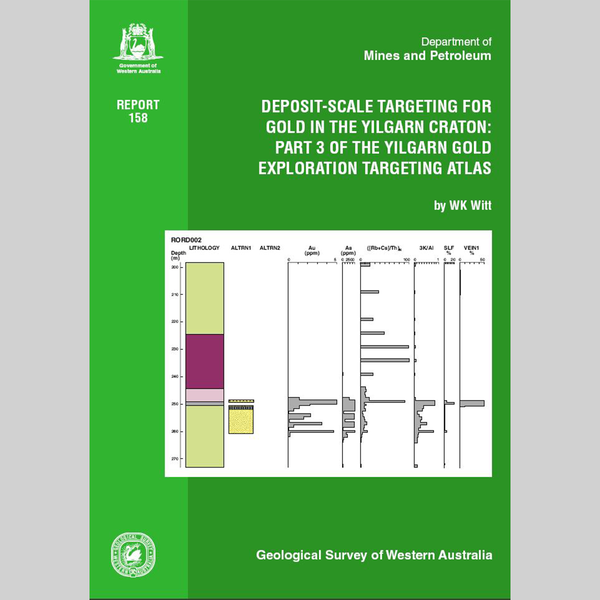 Report 158
Deposit-scale targeting for gold in the Yilgarn Craton: Part 3
Report 158
Deposit-scale targeting for gold in the Yilgarn Craton: Part 3
-
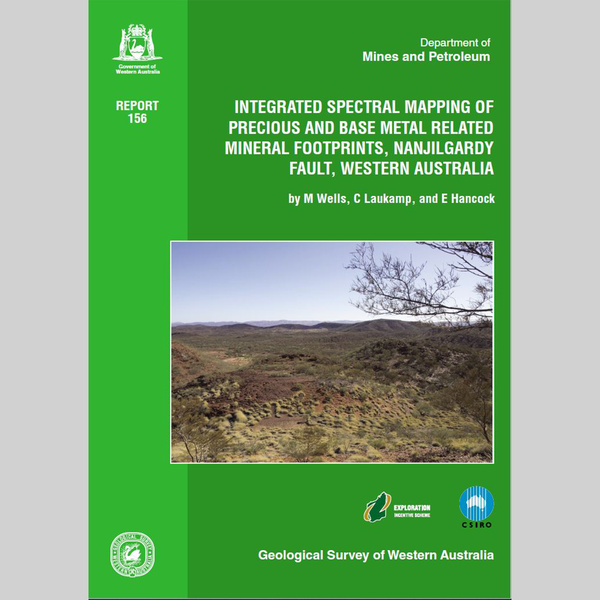 Report 156
Integrated spectral mapping, Nanjilgardy Fault
Report 156
Integrated spectral mapping, Nanjilgardy Fault
-
 Report 155
Unravelling the upper-amphibolite facies Glenburgh gold deposit
Report 155
Unravelling the upper-amphibolite facies Glenburgh gold deposit
-
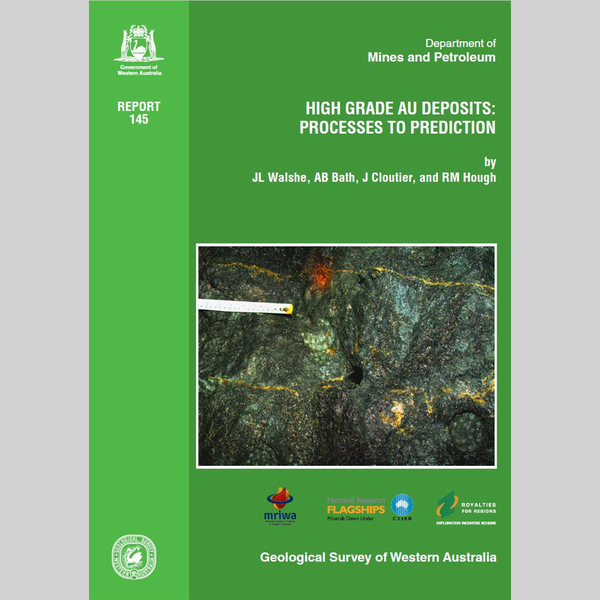 Report 145
High grade Au deposits: processes to prediction
Report 145
High grade Au deposits: processes to prediction
-
 Report 142
Mineral prospectivity of the King Leopold Orogen and Lennard Shelf
Report 142
Mineral prospectivity of the King Leopold Orogen and Lennard Shelf
-
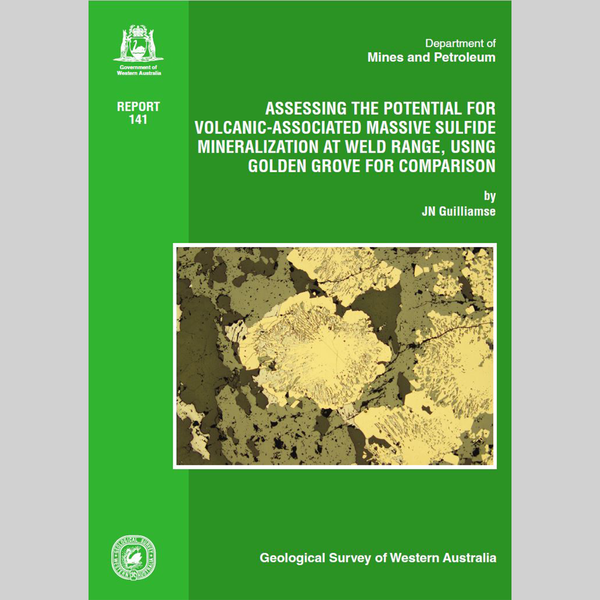 Report 141
Assessing the potential for VMS mineralization at Weld Range
Report 141
Assessing the potential for VMS mineralization at Weld Range
-
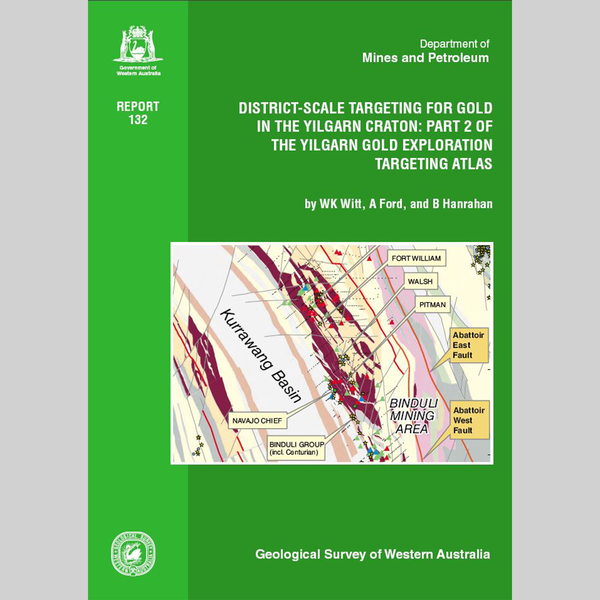 Report 132
District-scale targeting for gold in the Yilgarn Craton: Part 2
Report 132
District-scale targeting for gold in the Yilgarn Craton: Part 2
-
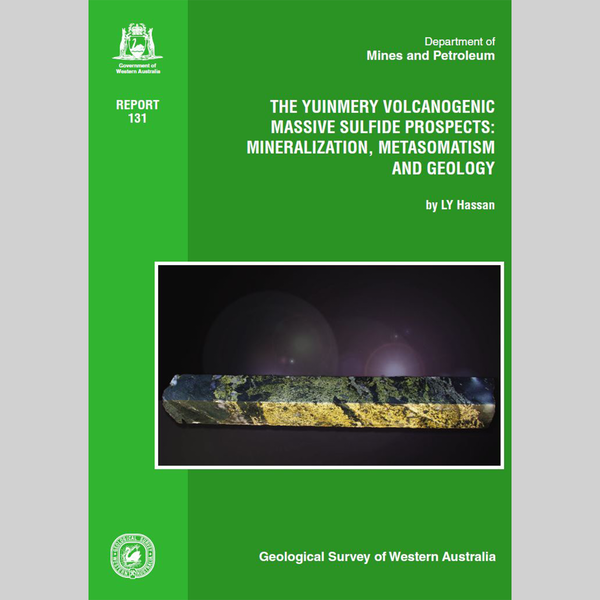 Report 131
The Yuinmery volcanogenic massive sulfide prospects
Report 131
The Yuinmery volcanogenic massive sulfide prospects
-
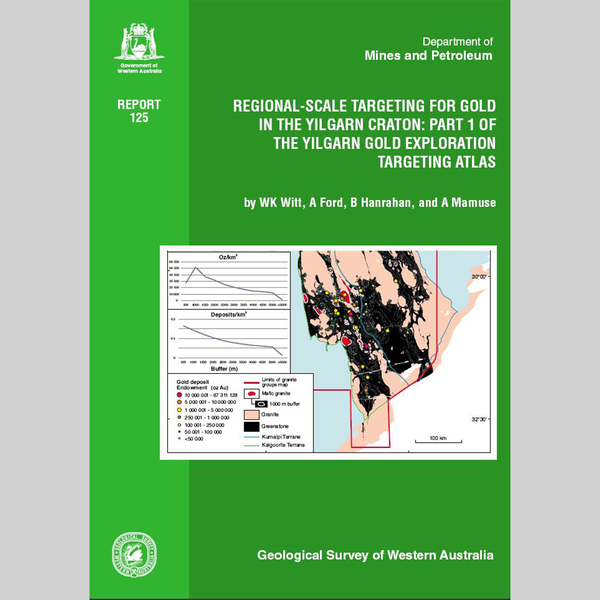 Report 125
Regional-scale targeting for gold in the Yilgarn Craton: Part 1
Report 125
Regional-scale targeting for gold in the Yilgarn Craton: Part 1
-
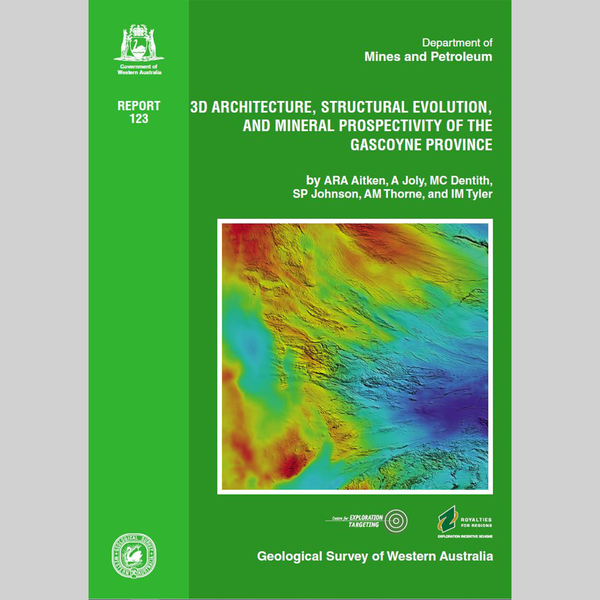 Report 123
3D architecture, structural evolution, and mineral prospectivity of the Gascoyne
Report 123
3D architecture, structural evolution, and mineral prospectivity of the Gascoyne
-
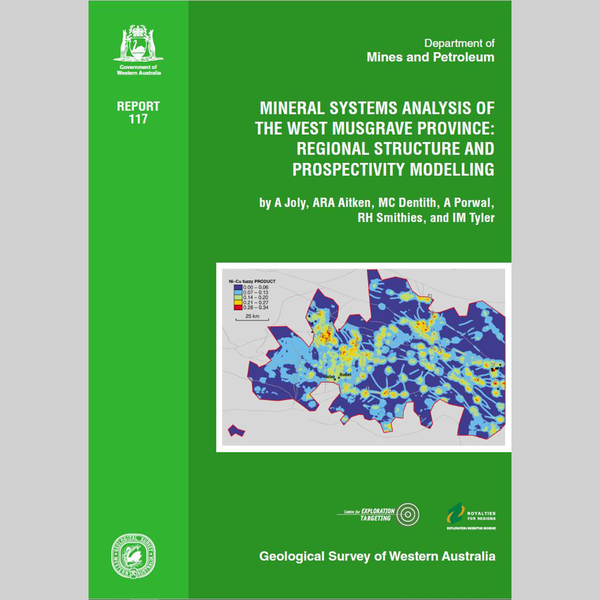 Report 117
Mineral systems analysis of the west Musgrave Province
Report 117
Mineral systems analysis of the west Musgrave Province
-
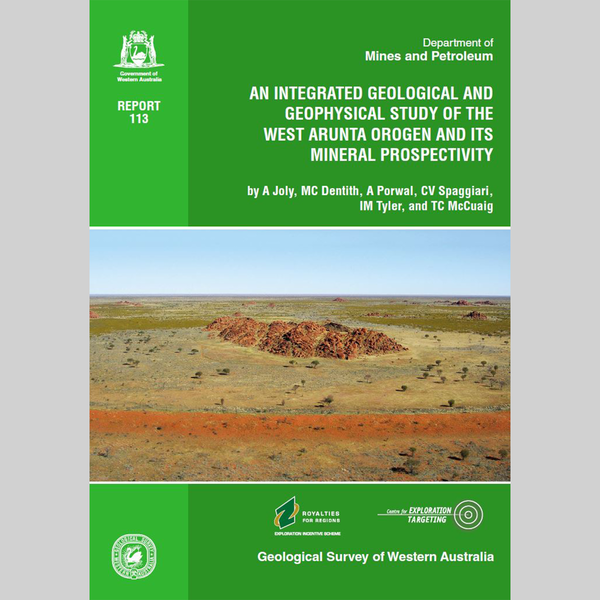 Report 113
An integrated geological and geophysical study of the west Arunta Orogen
Report 113
An integrated geological and geophysical study of the west Arunta Orogen
Records
-
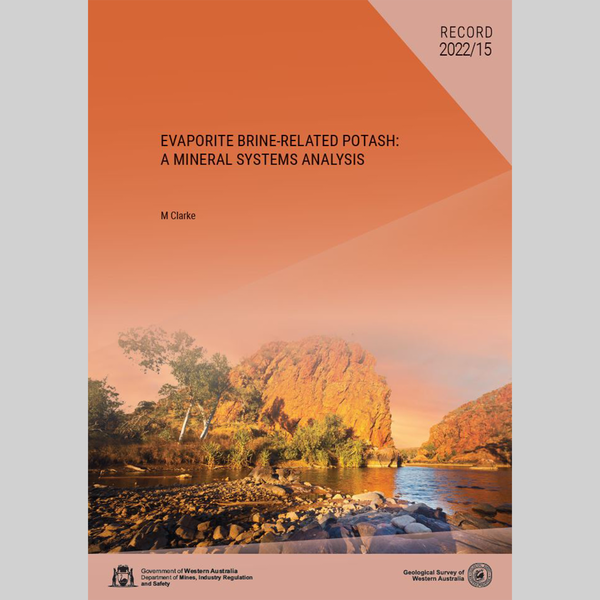 Record 2022/15
Evaporite brine-related potash: a mineral systems analysis
Record 2022/15
Evaporite brine-related potash: a mineral systems analysis
-
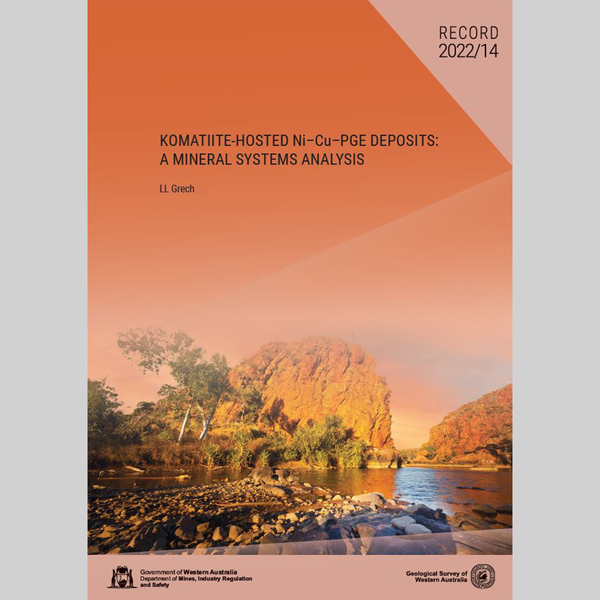 Record 2022/14
Komatiite-hosted Ni–Cu–PGE deposits: a mineral systems analysis
Record 2022/14
Komatiite-hosted Ni–Cu–PGE deposits: a mineral systems analysis
-
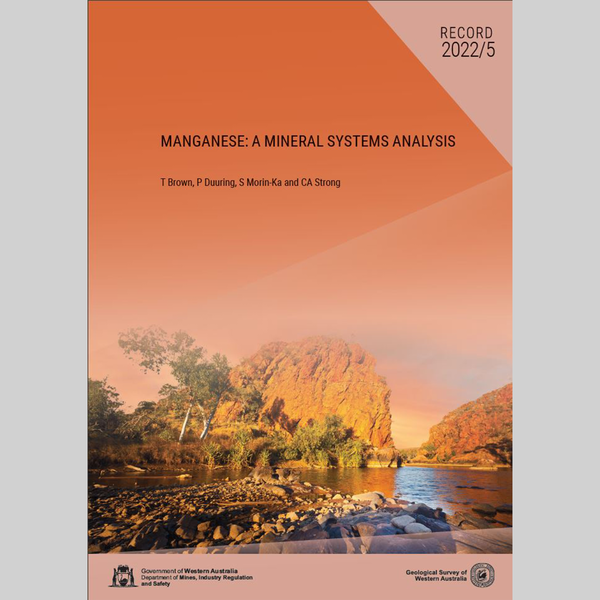 Record 2022/5
Manganese: a mineral system analysis
Record 2022/5
Manganese: a mineral system analysis
-
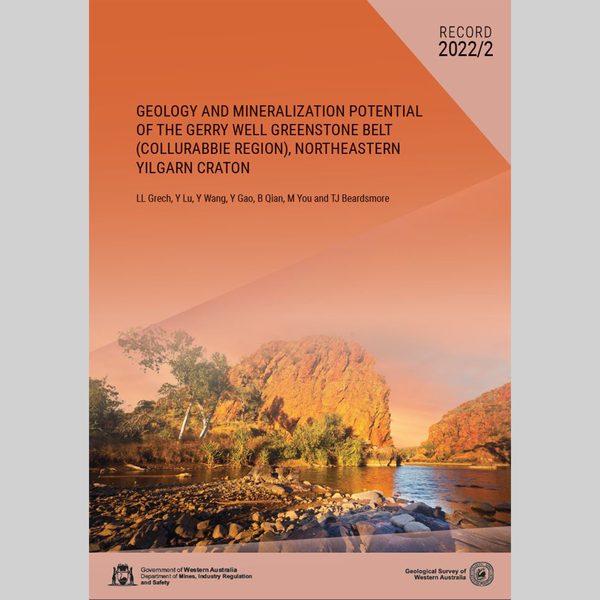 Record 2022/2
Geology and mineralization potential of the Gerry Well greenstone belt
Record 2022/2
Geology and mineralization potential of the Gerry Well greenstone belt
-
 Record 2021/10
Iron-formations: a mineral systems analysis
Record 2021/10
Iron-formations: a mineral systems analysis
-
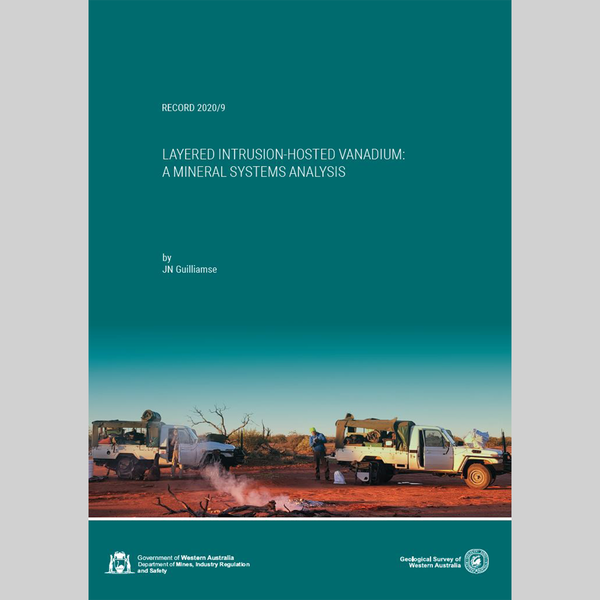 Record 2020/9
Layered intrusion-hosted vanadium: a mineral system analysis
Record 2020/9
Layered intrusion-hosted vanadium: a mineral system analysis
-
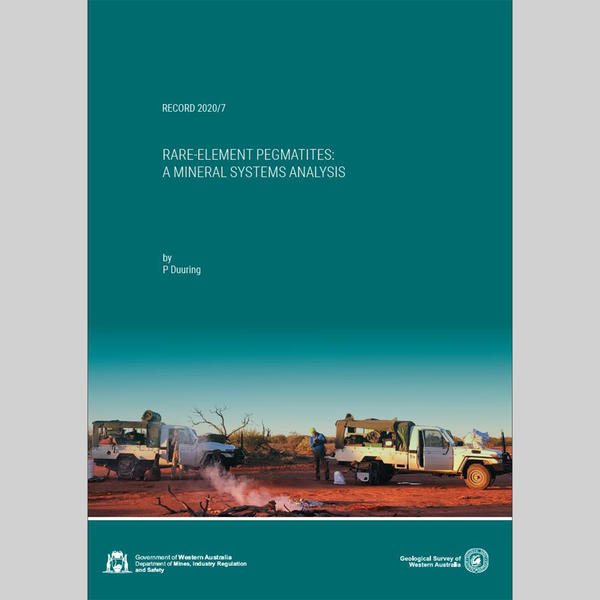 Record 2020/7
Rare-element pegmatites in the Mineral Systems Atlas
Record 2020/7
Rare-element pegmatites in the Mineral Systems Atlas
-
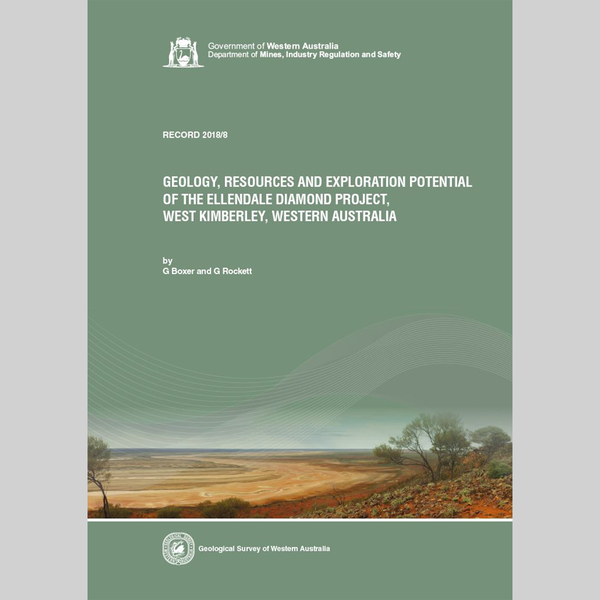 Record 2018/8
Geology, resources and exploration potential of the Ellendale diamond project
Record 2018/8
Geology, resources and exploration potential of the Ellendale diamond project
-
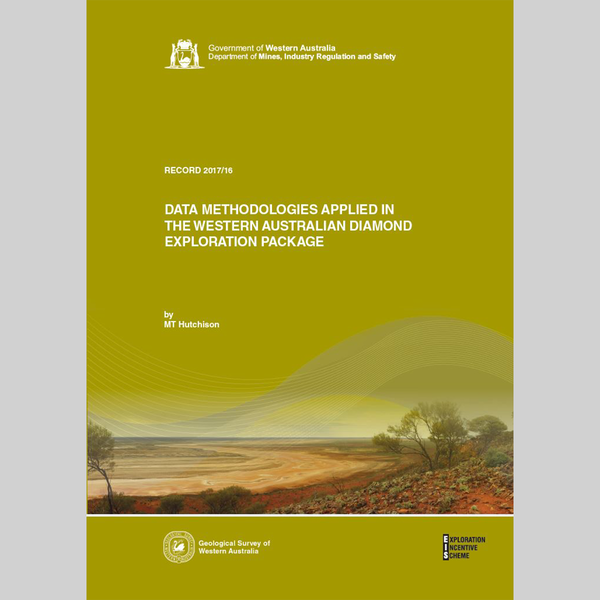 Record 2017/16
Data methodologies applied in the Western Australian diamond exploration package
Record 2017/16
Data methodologies applied in the Western Australian diamond exploration package
-
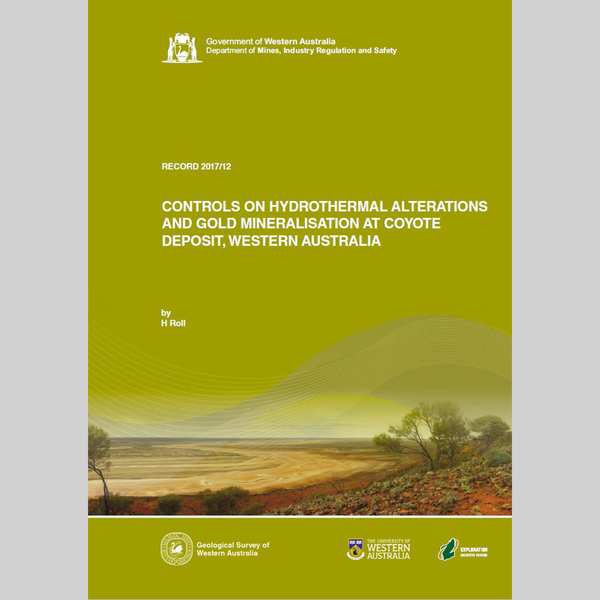 Record 2017/12
Controls on hydrothermal alterations and gold mineralisation at Coyote deposit
Record 2017/12
Controls on hydrothermal alterations and gold mineralisation at Coyote deposit
-
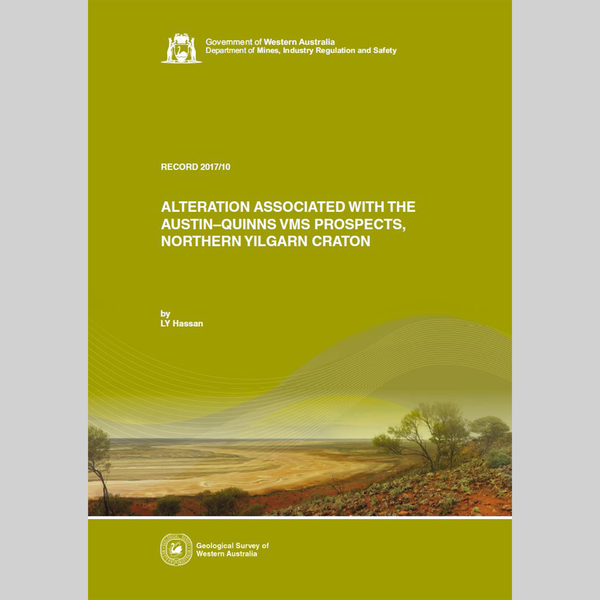 Record 2017/10
Alteration associated with the Austin-Quinns VMS deposits
Record 2017/10
Alteration associated with the Austin-Quinns VMS deposits
-
 Record 2017/9
Metamorphosed VMS mineralization at Wheatley, southwest Western Australia
Record 2017/9
Metamorphosed VMS mineralization at Wheatley, southwest Western Australia
-
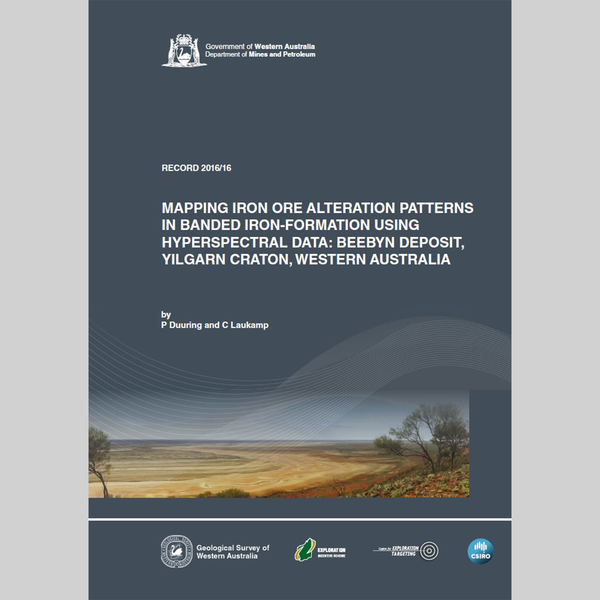 Record 2016/16
Mapping iron ore alteration patterns in BIF using hyperspectral data
Record 2016/16
Mapping iron ore alteration patterns in BIF using hyperspectral data
-
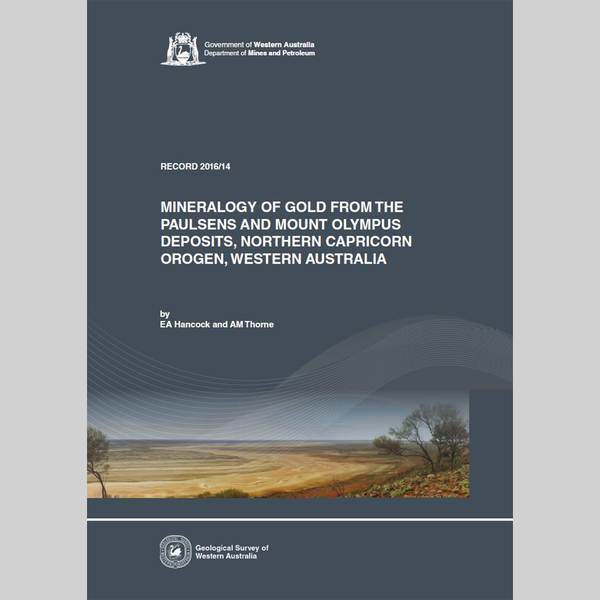 Record 2016/14
Mineralogy of gold from the Paulsens and Mount Olympus deposits
Record 2016/14
Mineralogy of gold from the Paulsens and Mount Olympus deposits
-
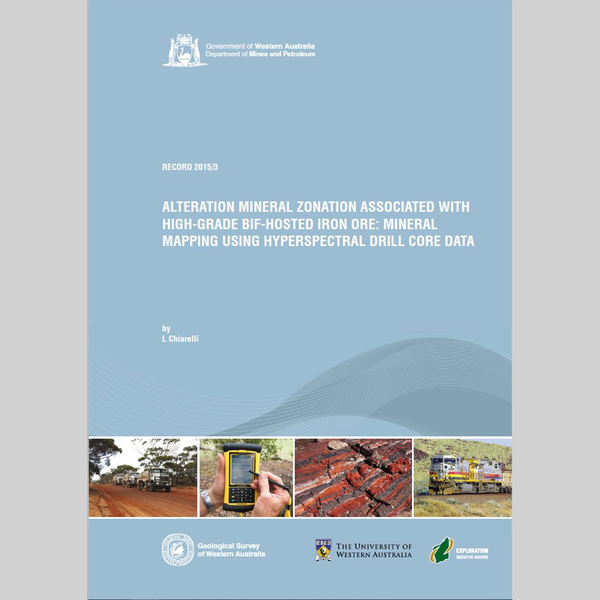 Record 2015/3
Alteration mineral zonation associated with high-grade BIF-hosted iron ore
Record 2015/3
Alteration mineral zonation associated with high-grade BIF-hosted iron ore
-
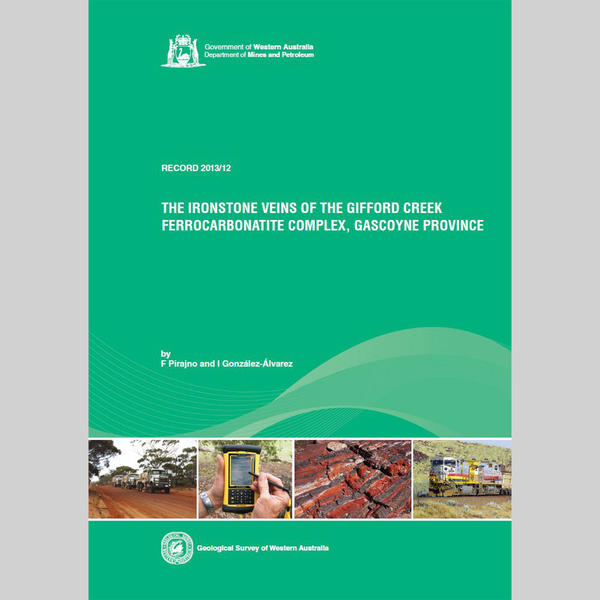 Record 2013/12
The ironstone veins of the Gifford Creek ferrocarbonatite complex
Record 2013/12
The ironstone veins of the Gifford Creek ferrocarbonatite complex
-
 Record 2012/12
Hyperspectral characterization of Rare Earth Minerals
Record 2012/12
Hyperspectral characterization of Rare Earth Minerals
Data packages
-
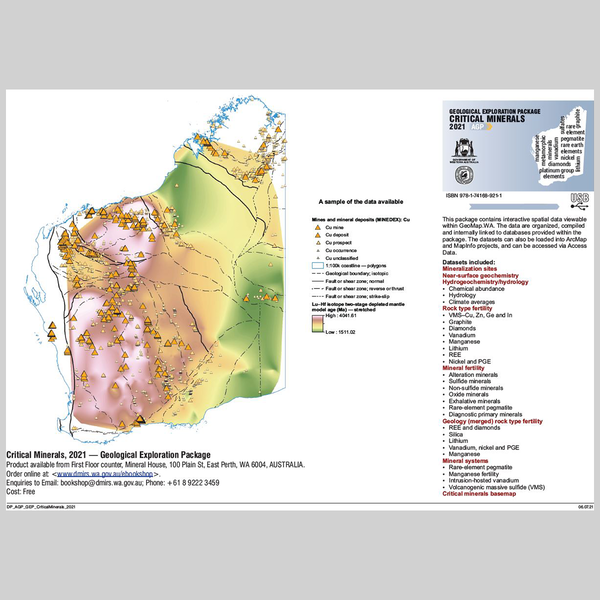 Critical Minerals Geological Exploration Package
Critical Minerals Geological Exploration Package
-
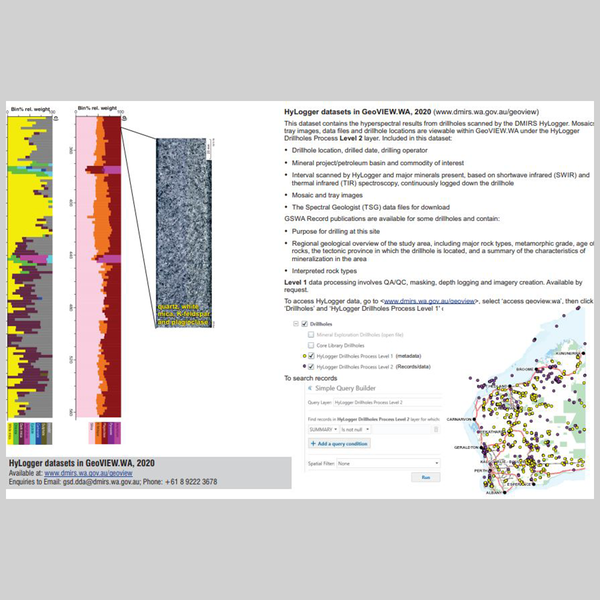 Compilation of HyLogger records, 2020
Compilation of HyLogger records, 2020
-
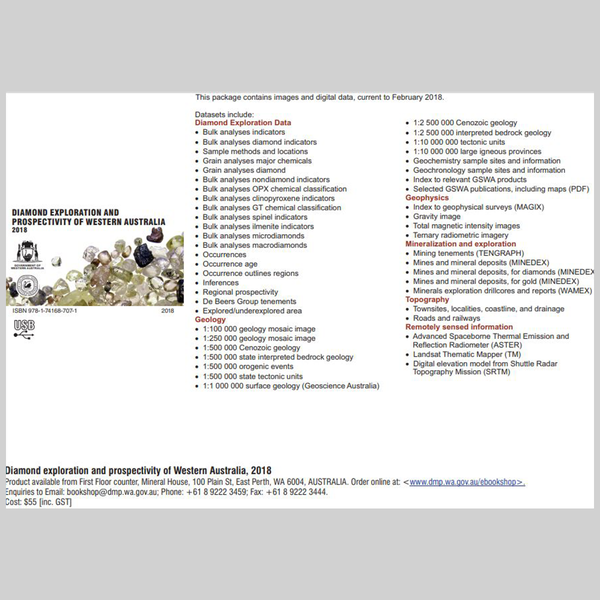 Diamond exploration and prospectivity of Western Australia
Diamond exploration and prospectivity of Western Australia
-
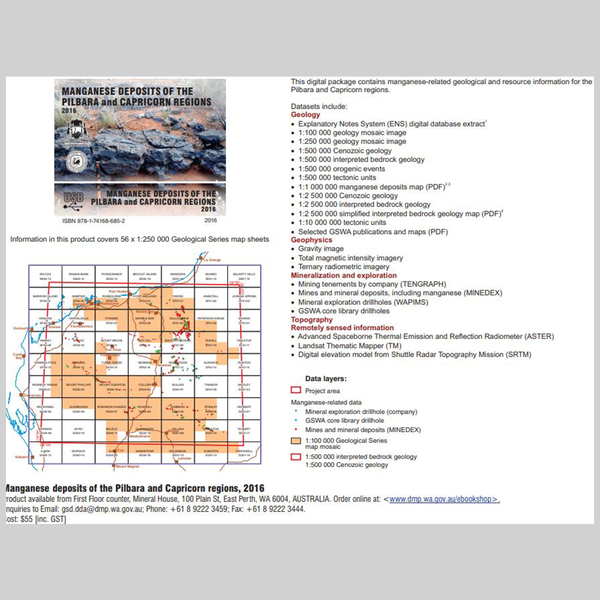 Manganese deposits of the Pilbara and Capricorn regions, 2016
Manganese deposits of the Pilbara and Capricorn regions, 2016
-
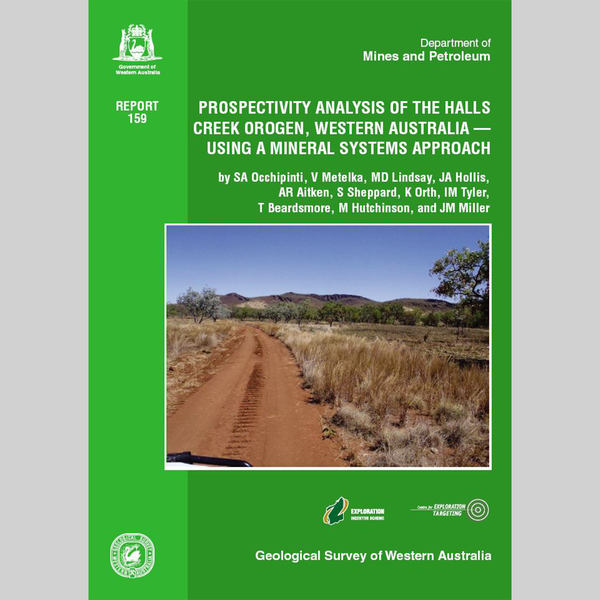 Prospectivity analysis of the Halls Creek Orogen, Western Australia
Prospectivity analysis of the Halls Creek Orogen, Western Australia
-
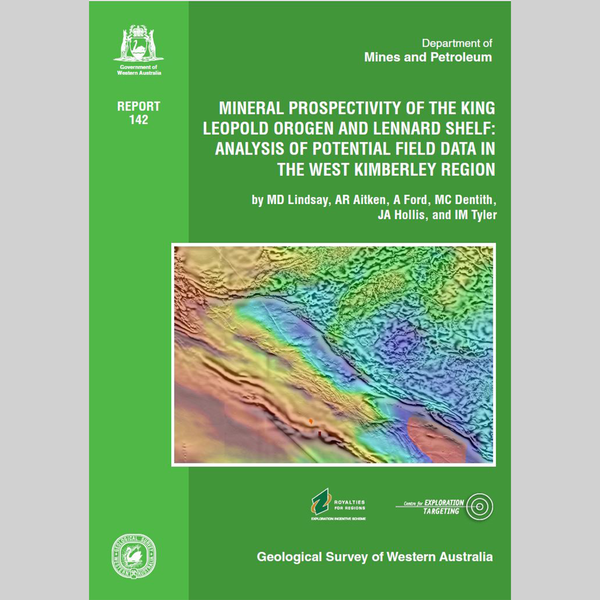 Mineral prospectivity of the King Leopold Orogen and Lennard Shelf
Mineral prospectivity of the King Leopold Orogen and Lennard Shelf
-
 District-scale targeting for gold in the Yilgarn Craton: Part 2
District-scale targeting for gold in the Yilgarn Craton: Part 2
-
 Regional-scale targeting for gold in the Yilgarn Craton: Part 1
Regional-scale targeting for gold in the Yilgarn Craton: Part 1
-
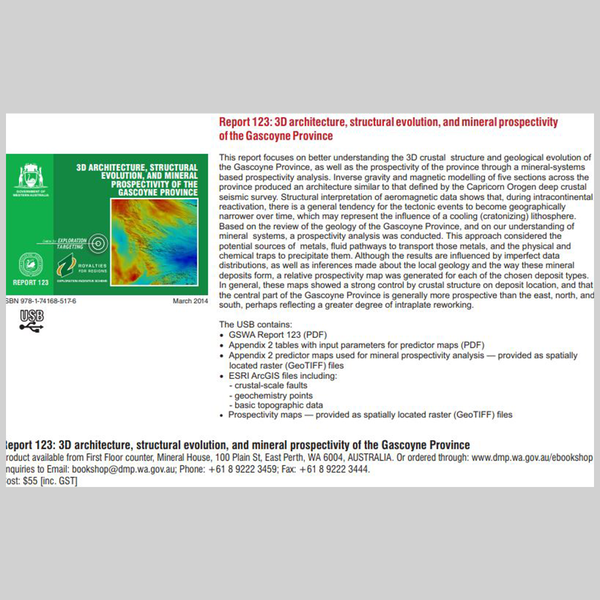 3D architecture, structural evolution, and mineral prospectivity of the Gascoyne
3D architecture, structural evolution, and mineral prospectivity of the Gascoyne
-
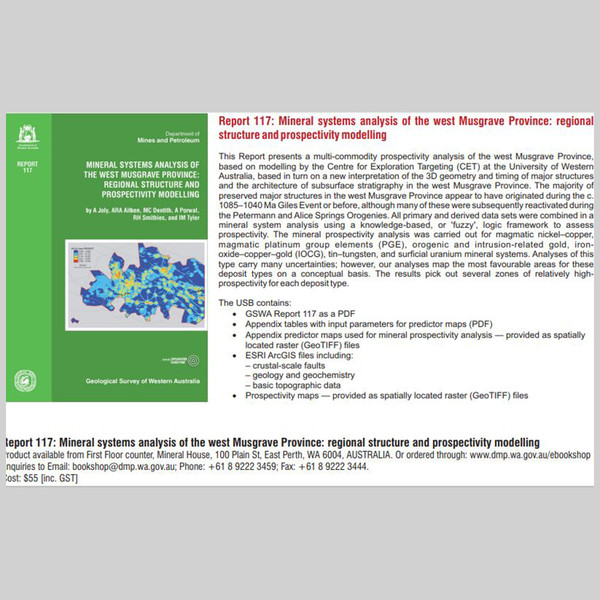 Mineral systems analysis of the west Musgrave Province
Mineral systems analysis of the west Musgrave Province
Contact
For more information please contact:
minerals.geoscience@dmirs.wa.gov.au
